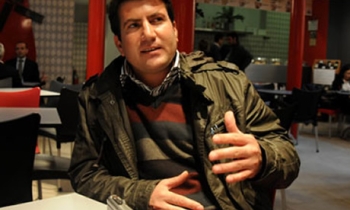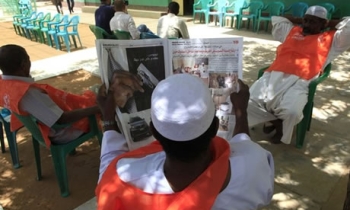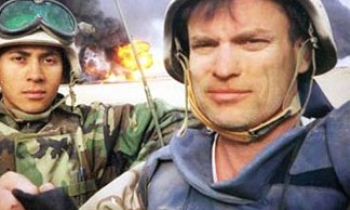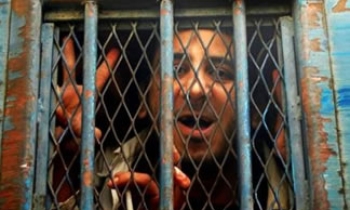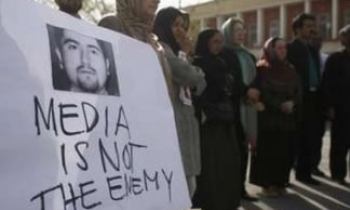MUMBAI, Aug 23 (Reuters) - Bigger stacks of glossy magazines are hitting the newsstands in India as an increasing number of foreign titles are launched here, but tough ownership rules and low advertising yields are keeping a lid on profits.
The country's large number of English speakers, rising disposable incomes and greater media penetration have attracted such names as Pearson Plc (PSON.L: Quote, Profile, Research), Independent News & Media Plc (INWS.I: Quote, Profile, Research), Hearst and Conde Nast Publications.
Others, including Walt Disney Co.'s (DIS.N: Quote, Profile, Research) ESPN, Germany's Bertelsmann AG [BERT.UL] and Rodale are also keen to launch.
But foreign media firms have been slow to make big investments, opting instead for small stakes or licensing deals in a fragmented market dominated by regional-language titles and family-owned firms that are reluctant to cede editorial control.
India allows 100 percent ownership in non-news titles, but has a 26 percent ceiling in news publications.
Dow Jones said in 2004 it would take 26 percent in a venture with Indian publisher Bennett, Coleman & Co. Ltd. to publish the Wall Street Journal and launch a regional edition, but has since put the deal on hold to study its economic viability.
"There are well-entrenched players in the newspaper market already, and the current size and scale of the English-language magazine market don't excite foreign firms that much," said Gautam Benjamin, a director at Allegro Capital Advisors.
"But for some of them it's a long-term strategy... this is a growing market, and if they plant their flag here early, they have an advantage in the longer term," he said.
Cosmopolitan, Marie Claire, Seventeen, Maxim, Time Out and OK! and others are already on the stands, with more in the wings.
NICHE MARKET
While English-language publications attract greater advertising spending, there is growing interest in vernacular publications as well as literacy rates rise.
Pearson bought nearly 14 percent in business daily Business Standard for $3 million in 2004 and BBC Magazines has a joint venture with India's Times Group for niche magazine titles.
Independent News, which has over 20 percent of Jagran Prakashan (JAGP.BO: Quote, Profile, Research), publisher of the largest-selling Hindi-language daily, recently said it would raise its holding.
Niche publications for children, sport, travel and auto are also growing faster than general interest and news magazines.
"It's less competitive compared to general interest, and we are able to command better rates," said Jim James at Haymarket Worldwide, which sells auto and trade titles in India.
Cosmopolitan faced the ire of conservatives when it launched, but its racy content forced even Bennett, Coleman to revamp its Femina for women, long limited to recipes and household tips.
"Any serious publisher has to be in the important markets, and for a magazine publisher that includes India," James said.
Advertising revenue for print is expected to grow at a slower pace than Internet and radio, and magazines got only 12 percent of the $1.4 billion that India's print media received from advertisers last year.
Low cover prices and low advertising rates add to their woes.
A page of advertising in a special-interest English-language magazine costs about $1,000 in India, less than a third of the cost in China and about a fifth the cost in the UK.
"Just because the opportunity is there it doesn't make it worthwhile," said George Green, president and chief executive officer of Hearst Magazines International.
Its Cosmopolitan magazine retails in India at 75 rupees ($1.60) compared to a U.S. cover price of nearly $4.
Still, Hearst, which has three titles in India compared to six in China, plans to launch more titles and perhaps a Hindi-language edition of Cosmopolitan as well. ($1=46.5 rupees)

